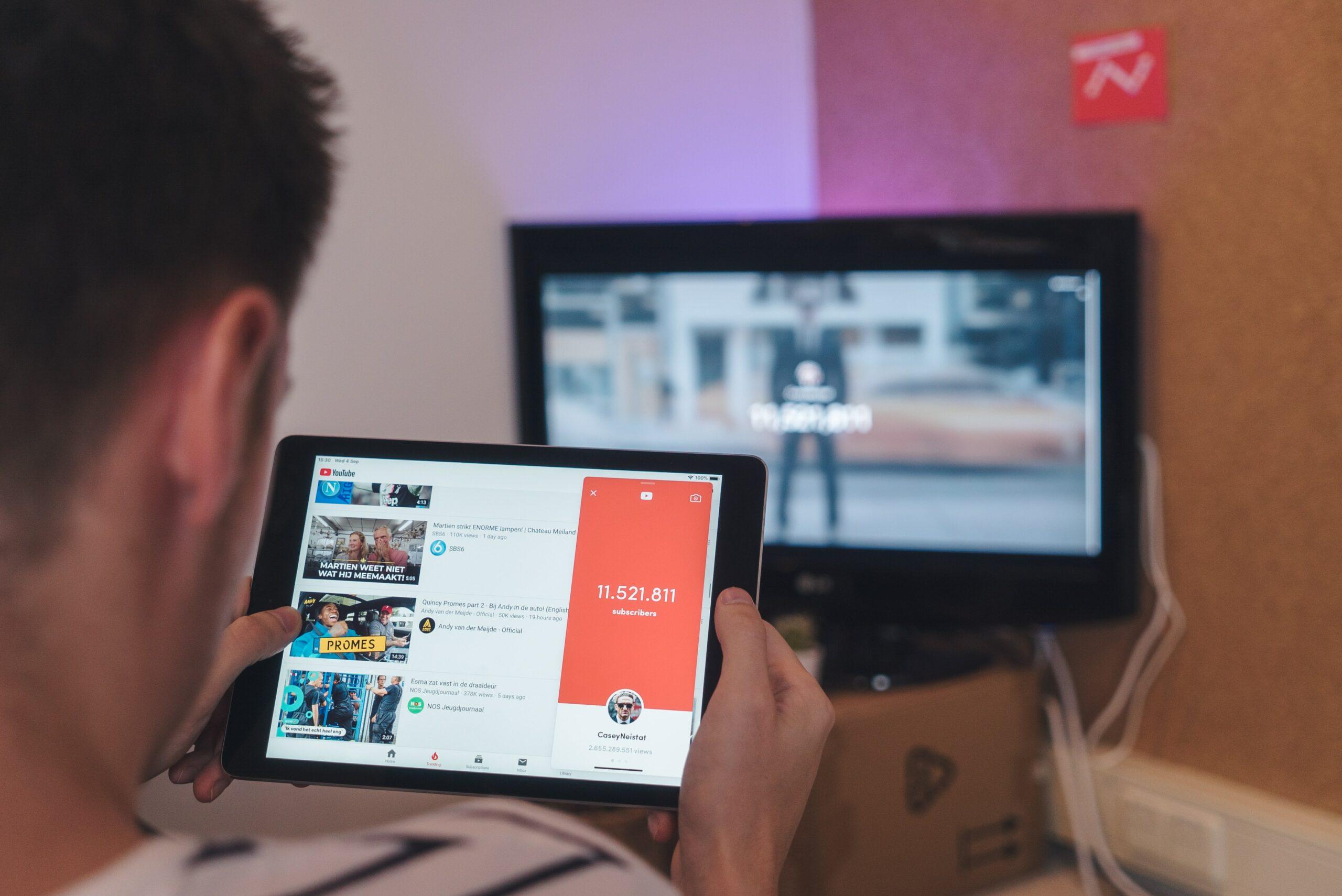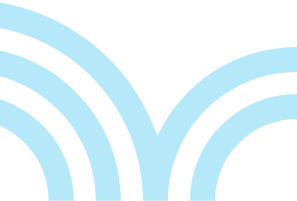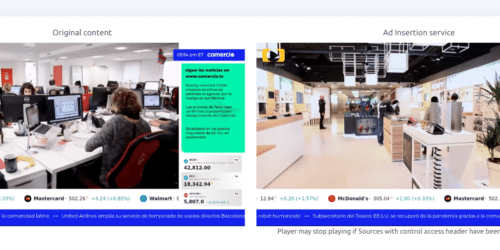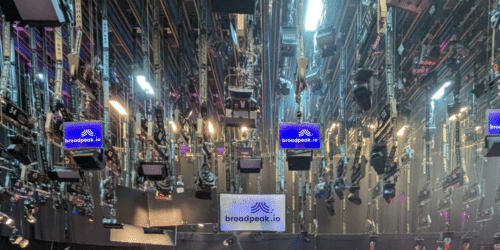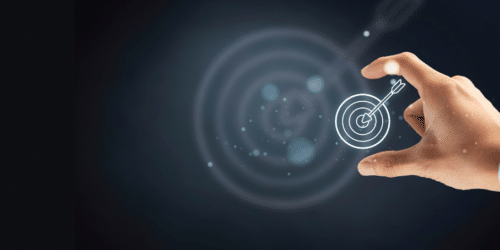Mathias Guille, Head of Cloud Platform at Broadpeak, spoke about the following concept “How Modern Pop-up Channels Can Get Your Viewers’ Attention Back” during the TVTech Summit, June 8th of 2022.
The abstract of the talk is the following one:
A lot of viewers currently consume content through Twitter feeds, Instagram Reels, TikTok or very specialized forums such as Reddit, as they like the heat of the moment which can be hard to find on connected TV. In this presentation, you will learn how cutting-edge techniques can help you build pop-up channels at scale with hyper-short time-to-market.
Watch Mathias’ presentation here:
Or read its transcription here:
Introduction
Hello, everyone. My name is Mathias Guille, and I’m with Broadpeak. I’m leading the cloud platform effort and in particular I’m leading the broadpeak.io SaaS that we have launched few months back.
I thank all viewers of the TV Tech Summit. Today we are going to talk about how modern product channels can help you to get your viewers’ attention back.
The shift of attention
Infinite scroll taking over
So to start with, we are going to talk about the shift of attention that we have noticed in the last couple of years. And coming to that, basically what we have seen is we have this kind of psychology effect, the infinite scroll. People are using their companions all the time and when I’m talking about companions, I’m talking about phones, I’m talking about tablets and even if they’re in front of a TV, even if they’re in front of the main screen, they always have that companion on the side. And you have experiences such as Instagram Reels or TikTok when they are constantly push some feeds on the content that they like, so if you like fitness, you will have Instagram Reels on that. If you like dogs, you will have TikToks only on dogs, right? And that’s one thing. The second thing can be also Twitter. Twitter threads can give you the latest news on something specific, if you like soccer, if you like football, you will check your Twitter feed to get the news, the latest highlights or something like that.
Ie. “news-watching” habits
Same in terms of news or in terms of just looking at information, you go online, people are going on Reddit, they can scroll, scroll to get specific information on very, very deep topics. You have seen also lately that the news industry did a very, very big effort to bring dedicated web page on the news happening everywhere. Especially when you have stuff such as wars, or earthquake, crisis, they will do dedicated web page and they will update all the time the information. So people typically, they stick to the page, they update, they press F5, and they get access to the latest news.
So now, just taking an example, coming back to the news, we were looking at the numbers and I got some data coming from the GETWIZER CONSUMER INSIGHTS and they were looking at different age groups and how they consume news, and when I was looking at the numbers, you can already see that Gen Z basically they don’t use that much TV as a source of news. They go to social media, they get news coming from post, they get news coming from things which are been re-shared by their friends and so you can see that there’s already a shift there, right?
For millennials, millennials is kind of in between, they still use TV, but they use also social media and the trend is much more like to have an increase of getting news from social media. Of course, for people a little bit older, the preeminent source is still TV, but again in terms of trend, it doesn’t look that good. Right? And the reason behind that is this effect, which is called FOMO, fear of missing out. It is super, super present for the new generation. They want to know what is happening in real time, they really want to have instant news information and TV sometimes cannot bring that. So if you look at the news, that’s one example, but that trend is really across the board.
Trend across the board
It has been studied like several times and the real term is media multitasking and on that particular diagram, you see that different generation, definitely decrease in terms of time in front of TV, some generation more than others but it’s really across the board. Every linear TV will have the same issue and that’s pretty scary because if you think about it, people getting less in front of TV, it’s a massive missing opportunities for you guys to put some ads, to get some revenue and so it’s very scary for the future and I think it’s kind of a problem that you really need to take seriously to make sure that you can continue to be sustainable in the business.
Can pop-up channels help?
So now that you have made that analysis, what can you do? What can you use? What are your tools to make sure that you can get some of time from your viewers? And what we believe is that popup channels, which is an old concept, can help with that.
Pop-up channels
So popup channels, it’s not new. In the past, you have seen popup channels for specific topics, specific content – what I’m showing right now in the slide is you can have popup channels for “James Bond”, for “Lord of the Rings”, for a lot of things. The concept of popup channel creating special linear channels for an audience is great because it’s very, very similar to what you can get in social media, which is a personalized content push to you. The problem of the old way to do popup channel, it’s that you need to go way more further.
You need to be able to launch very, very quickly. You cannot wait to create the channel and push it to your system: it’s going to take too much time. You really need to have a system to create proper channel on the fly. Then also you need to personalize much more, creating a popup channel for a “Lord of The Rings” is really nice for people who like “Lord of The Rings”, but you are missing some audience. And finally, you need to also make sure that you can make that immersive. You need to have people which are going to be engaged with, with the channels so you need to make sure that it’s immersive.
Personalization’s benefits
Coming back to what I was saying is, why do you want to personalize popup channels? And I got some figures coming from Spideo. Spideo is a content recommendation company, and they give me three super important data, which is when you personalize content for linear channels, first of all, you see an increase of content interaction. People are going to check what you propose to them. So that’s already a good first step. Second step is like the conversion between checking your content and clicking to watch is also increasing so people get engaged and they start watching so they can be in front of content and in front of advertisement. And finally you will see, because people like the experience, they will coming back to the platform more. And so that’s also super nice because it means that every other service you can propose will benefit from that. So to conclude on that particular personalization data is that it’s all about the increase of the viewer’s engagement, which are going to be super beneficial in the future.
The key to success
So now, if you think about what I was just said, what is the key to success in putting popup channel to getting more attention? The success is, the key is that we need to create a popup channel and personalize them and making sure that you can create them on the fly. And you can do that technically by creating virtual channels built by using manifest manipulation. You can do that per audience. That’s what we did in the past with James Bond, for example, with a pop channel James Bond. But you can do a little bit further by adding live event in the middle of video on demand. That’s one thing. Second step, which is a little bit deeper is to do that per user. The way you can do it is actually by making an integration between a recommendation engine and the manifest manipulation. Basically every time a user connect to the platform, you can push a request to the recommendation engine to say, okay, this user just connect, just give me back what the user should watch in terms of recommendation. So you can get that information and create the popup channel at that time.
broadpeak.io pops channels up
broadpeak.io can help achieving that? Let’s dig into this.
SaaS video API platform
broadpeak.io is actually a SaaS video API platform where you can sign up and get access to the technology within minutes. It’s a platform to contextualize streams and what is super interesting is it’s fully hosted, fully managed by us and so it means that within few minutes you can actually create the popup channels we just talked about.
Contextualization engine…
The concept of broadpeak.io is all about an engine of contextualization. The way that if works is basically we will get access to your content and if I talk technical, it’s like, we get access to the manifest of your content, and on top of that manifest, we will receive some information, some data which are going to be pushed by API and some policies. So, as I was mentioning before, I was talking about potentially creating personalized experience, you can tell, for instance, for that particular channel, for that particular location of users, I can switch the content by something else.
That’s what we do for instance, when we do blackout for sport TV in the US. But if you take that concept and push it a little bit further, you can do that for much more. You can do that for advertisement, of course we can do targeted ad, but again, you can do that also per user to create channel. Manifest manipulation is a great tool for doing channel origination because it’s a way that it’s a way to schedule some content in a loop, but if you think about that concept, you can apply that per user.
… scheduled by API
And so I’m taking an example in that slide where basically I have three users in that example, connected to the platform. I get the information coming from the content recommendation that this users like this kind of video on demand. We know that it’s Friday night and in the mood of something a bit cozy, so maybe a romcom or something and will adapt a schedule based on all of this. It can be a mix between live event, can be a mix between video on demand, can be a mix between advertisement as well. And we do that per user and we do that really on the fly when the user is connecting, this is super important. Because again, back to what I was saying, the schedule you want to push the Friday night may be different to what you will push the Monday morning, because again, the mood is super different and so again, if you want to engage customer, you need to adapt to them.
To conclude
So to conclude on what I just explained today, it’s clear to us that viewers, right now, they have companions. They have good experience with their companions on social media, they are stick to the phone, they are like this it’s a scrolling effect, which is not that great because it’s taking them away from the main screen where we want them to be and so what we were looking to go today is what can we do to try to limit that? So first point is viewers’ attention. There is no fatality. We can retrieve them by proposing the right experience. Second thing is social media with very good ingredients, that you can reuse and that you can apply on popup channel. Finally, what I was saying about personalization is super important. If you able to personalize the experience to your viewers, it will lead to engagement of your viewers and is going to be super beneficial for a lot of different steps.
And on the technical to finish, I really believe that on the current market, you will find solutions, which are like super, super mature to help you with that. I talked about broadpeak.io. And I think it’s a good example of how you can use a SaaS, which is fully hosted, fully managed and where you can within minutes use the technology and it really helps to have an aggressive time to market. It really helps to deliver at scale.
So to finish, I would like to thank you for your attention today. I invite you to go to broadpeak.io and to check it out. We are really waiting for your feedbacks. You can test it right away, we have demo feeds. If you want to look at what you can achieve with the platform, you can also use your feeds. Looking for your feedback, don’t hesitate to reach out and I wish you the best.
Photo by CardMapr.nl on Unsplash
